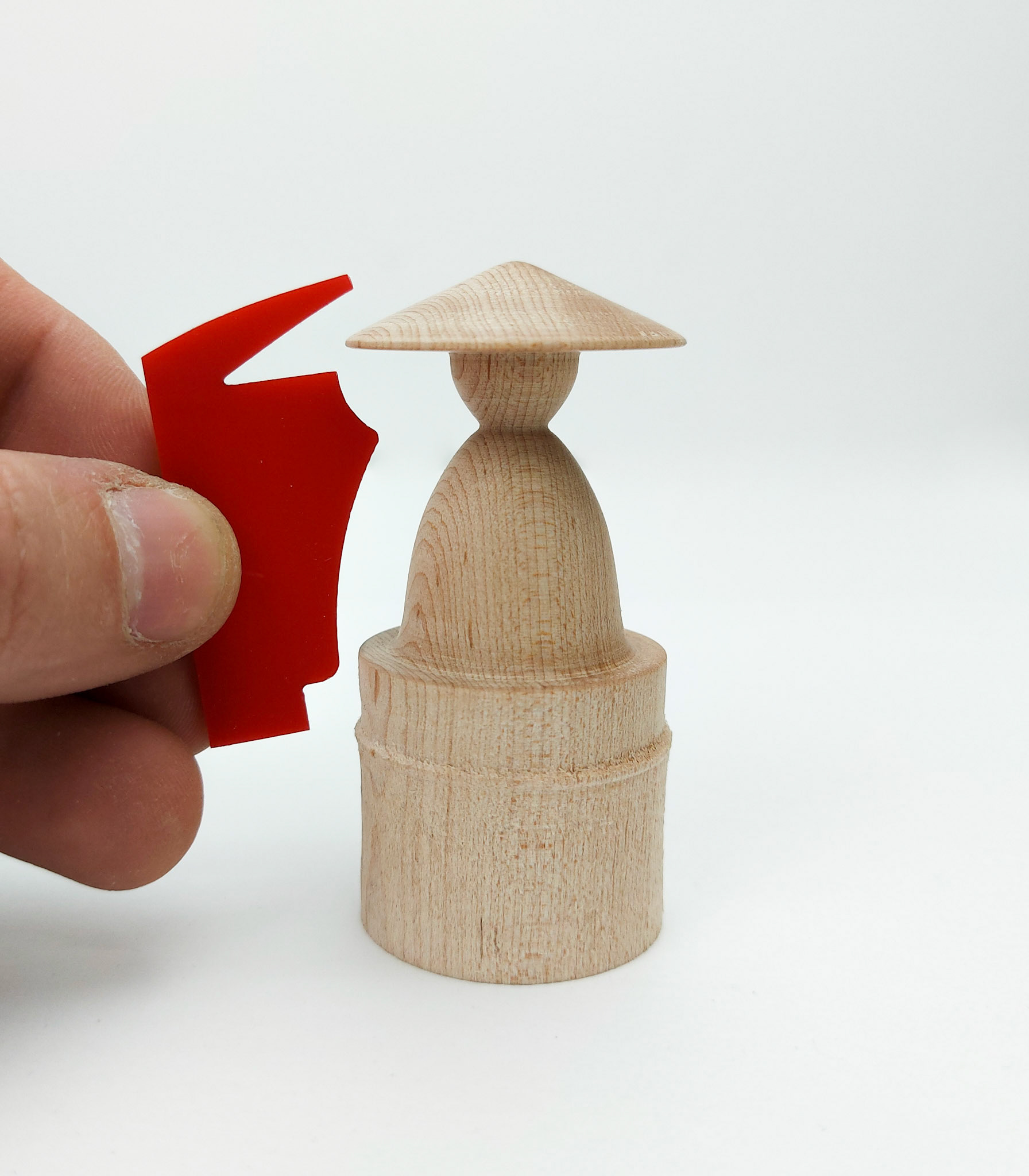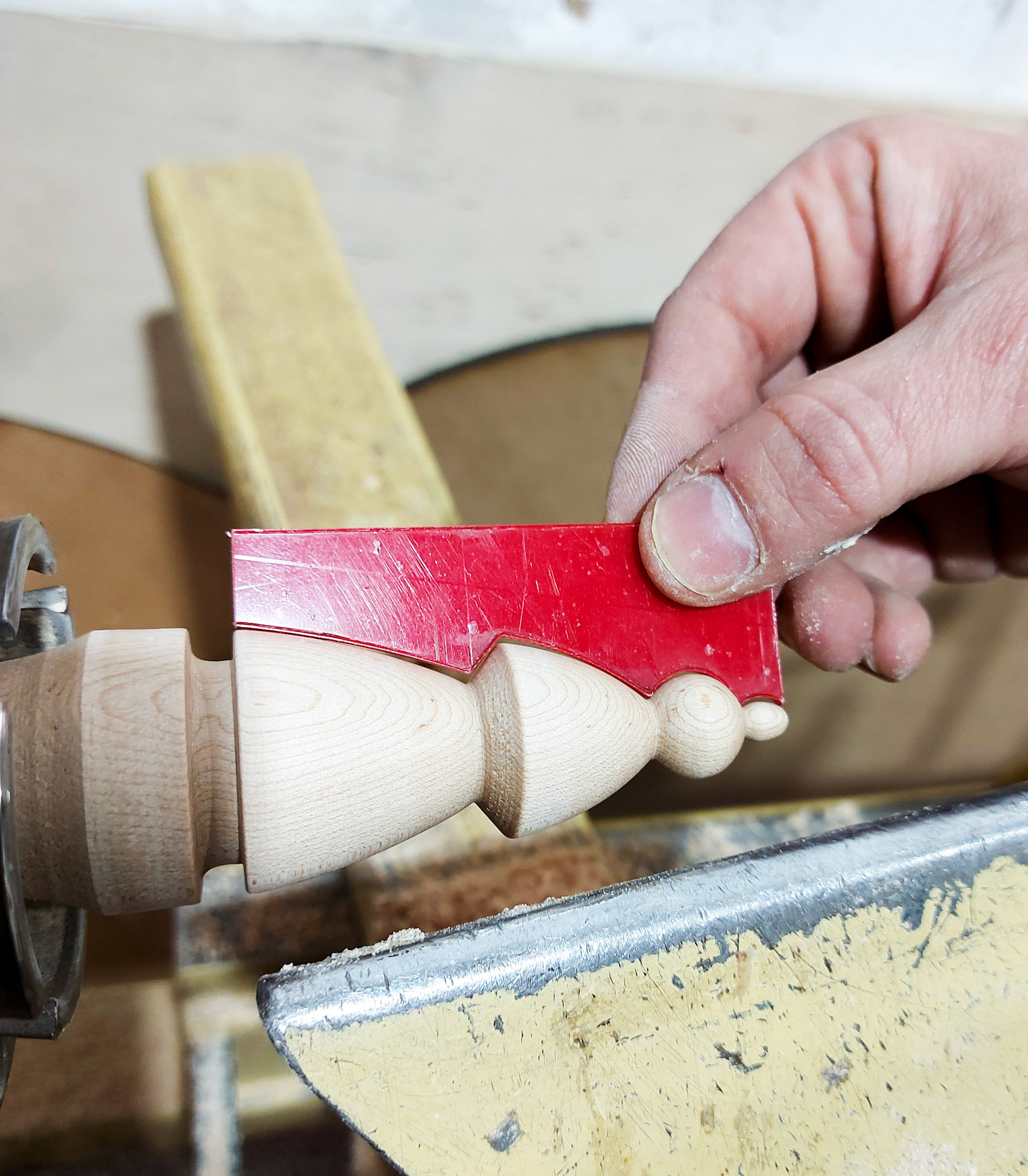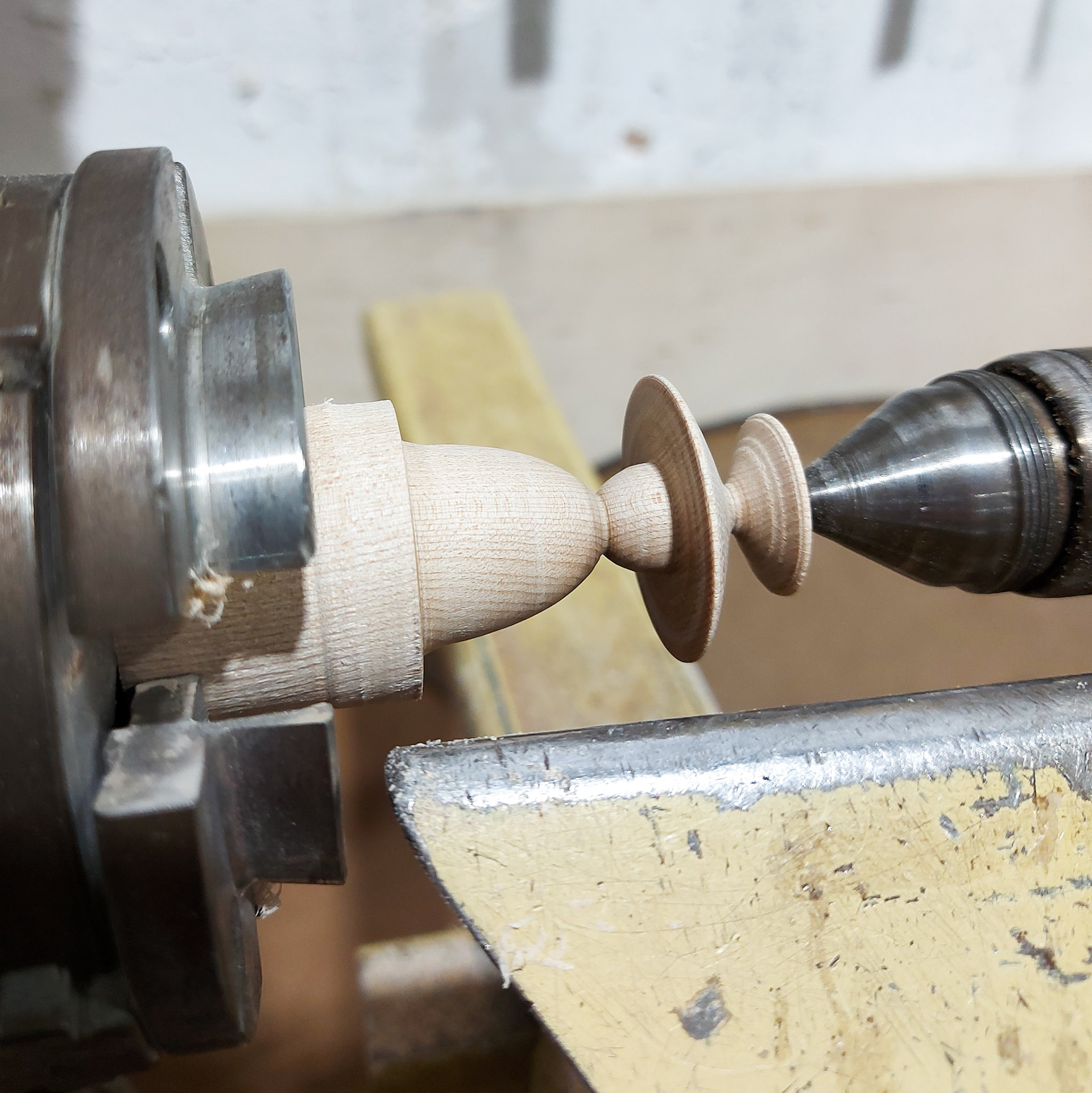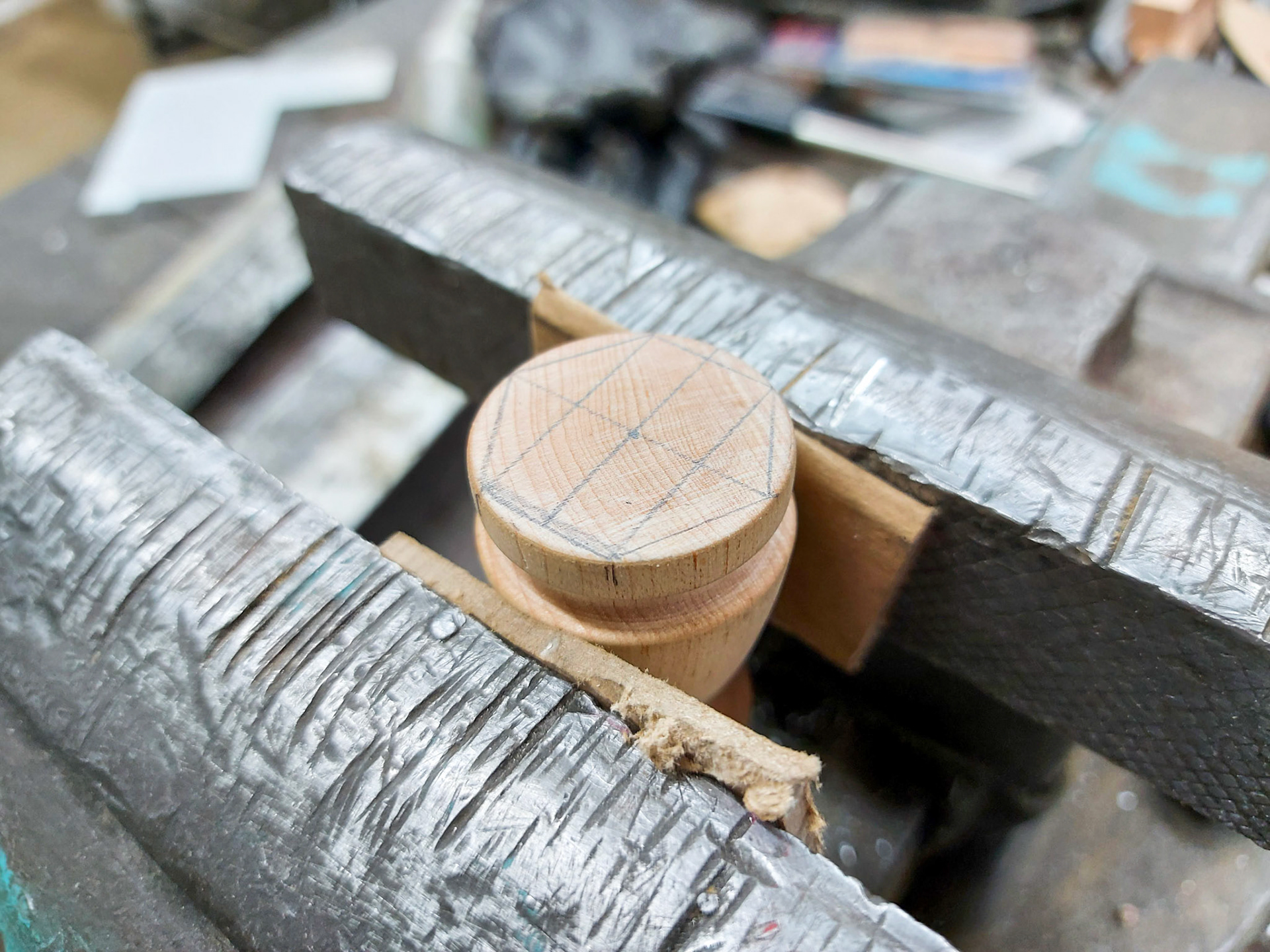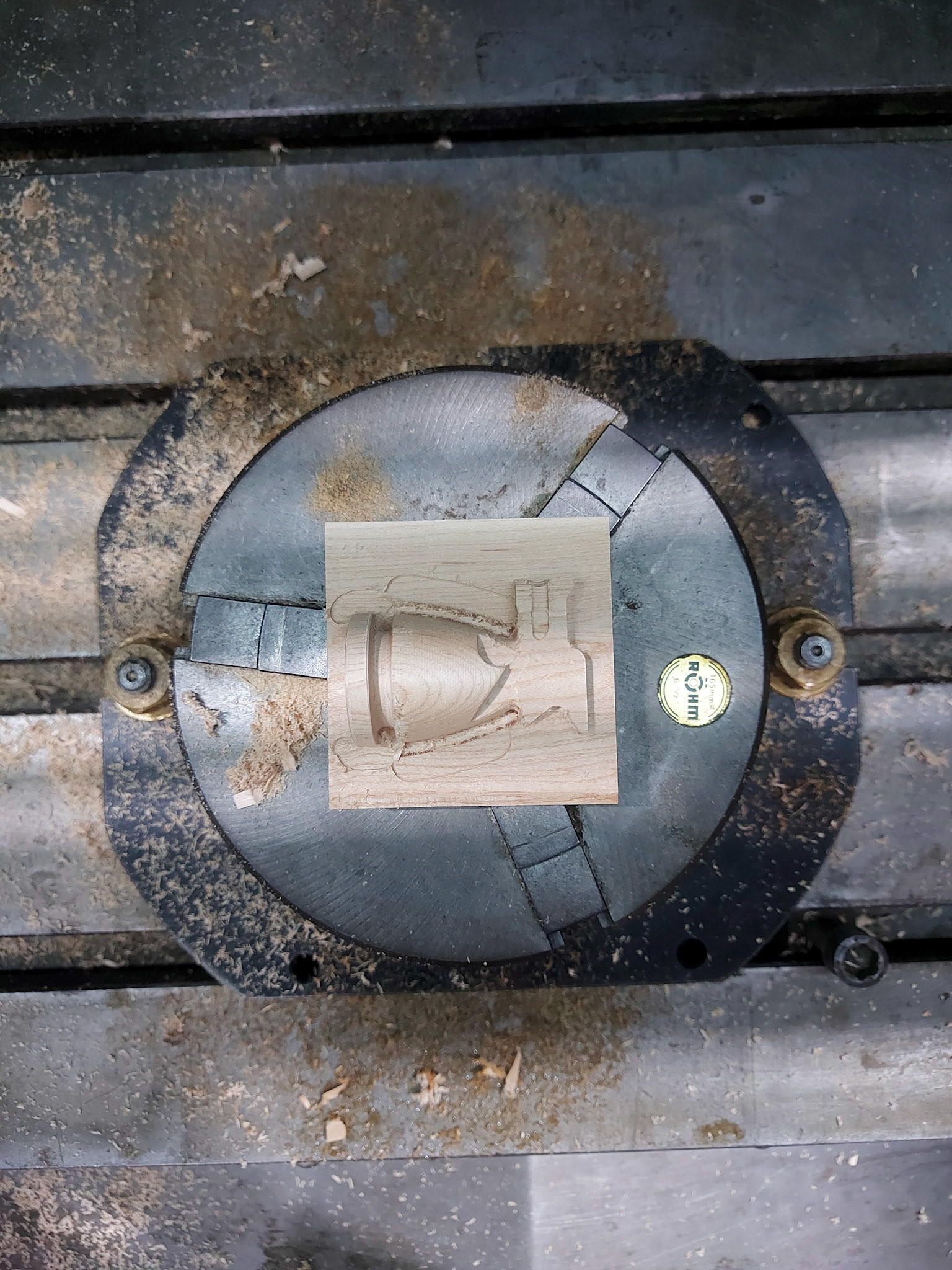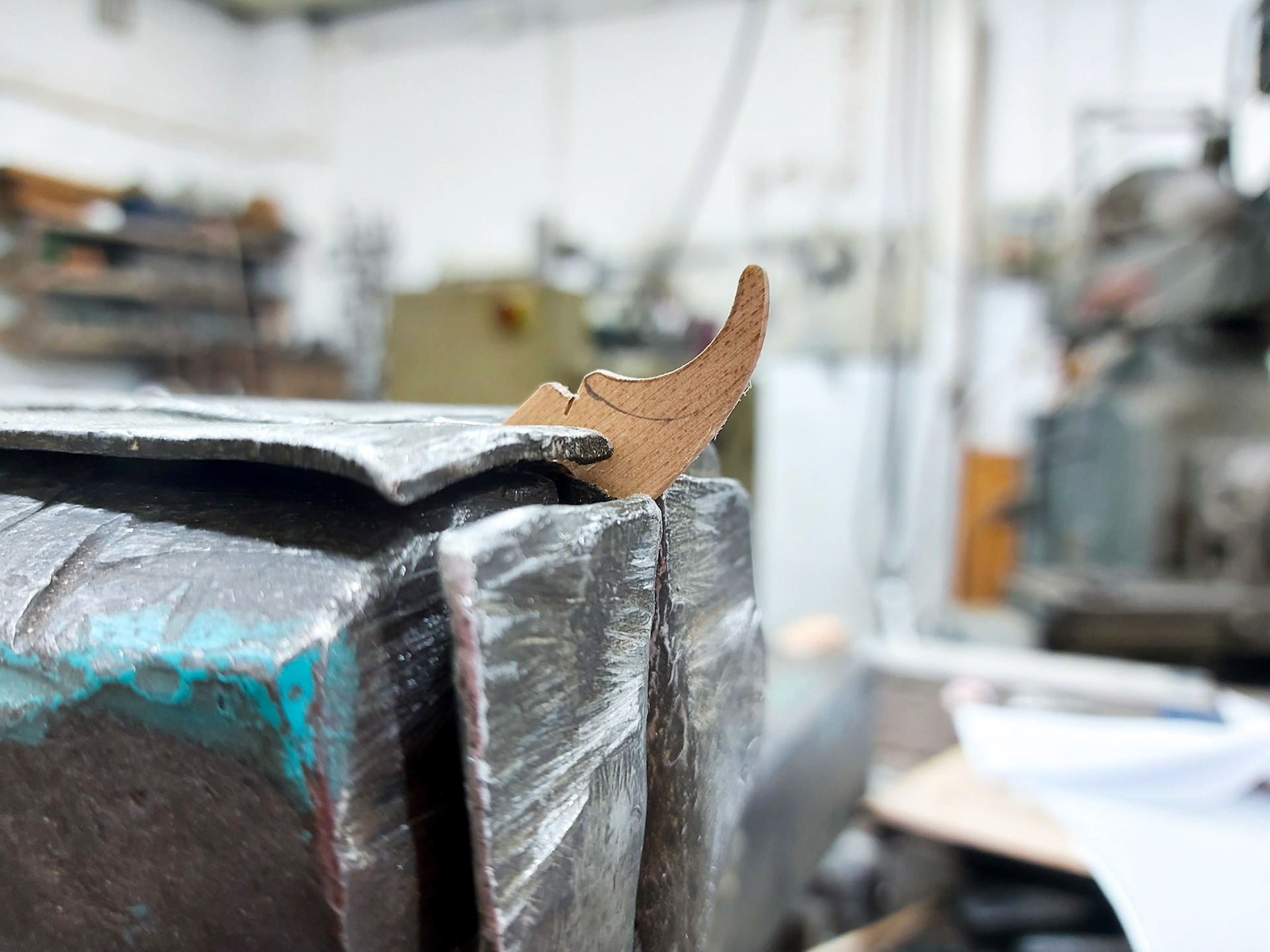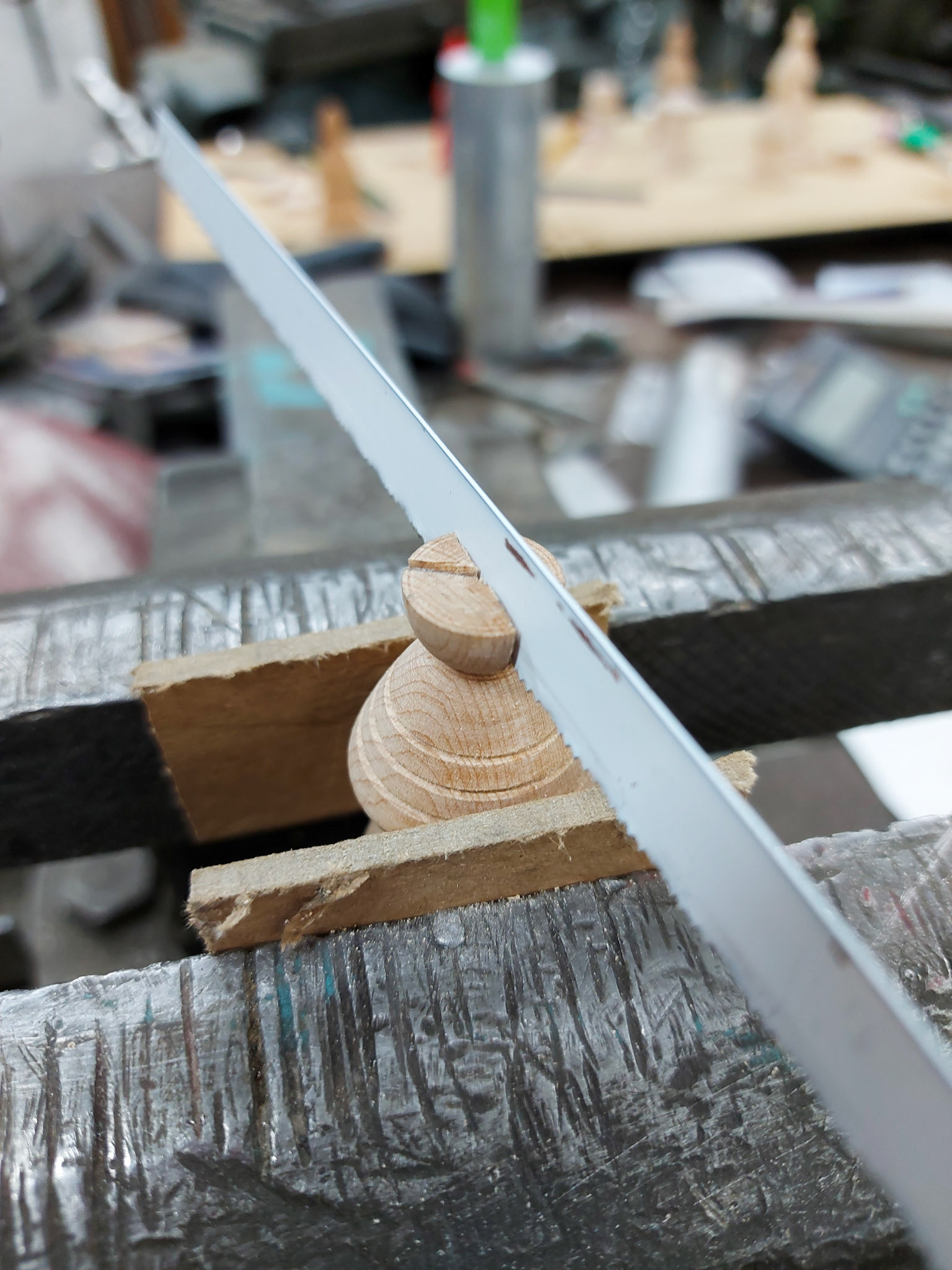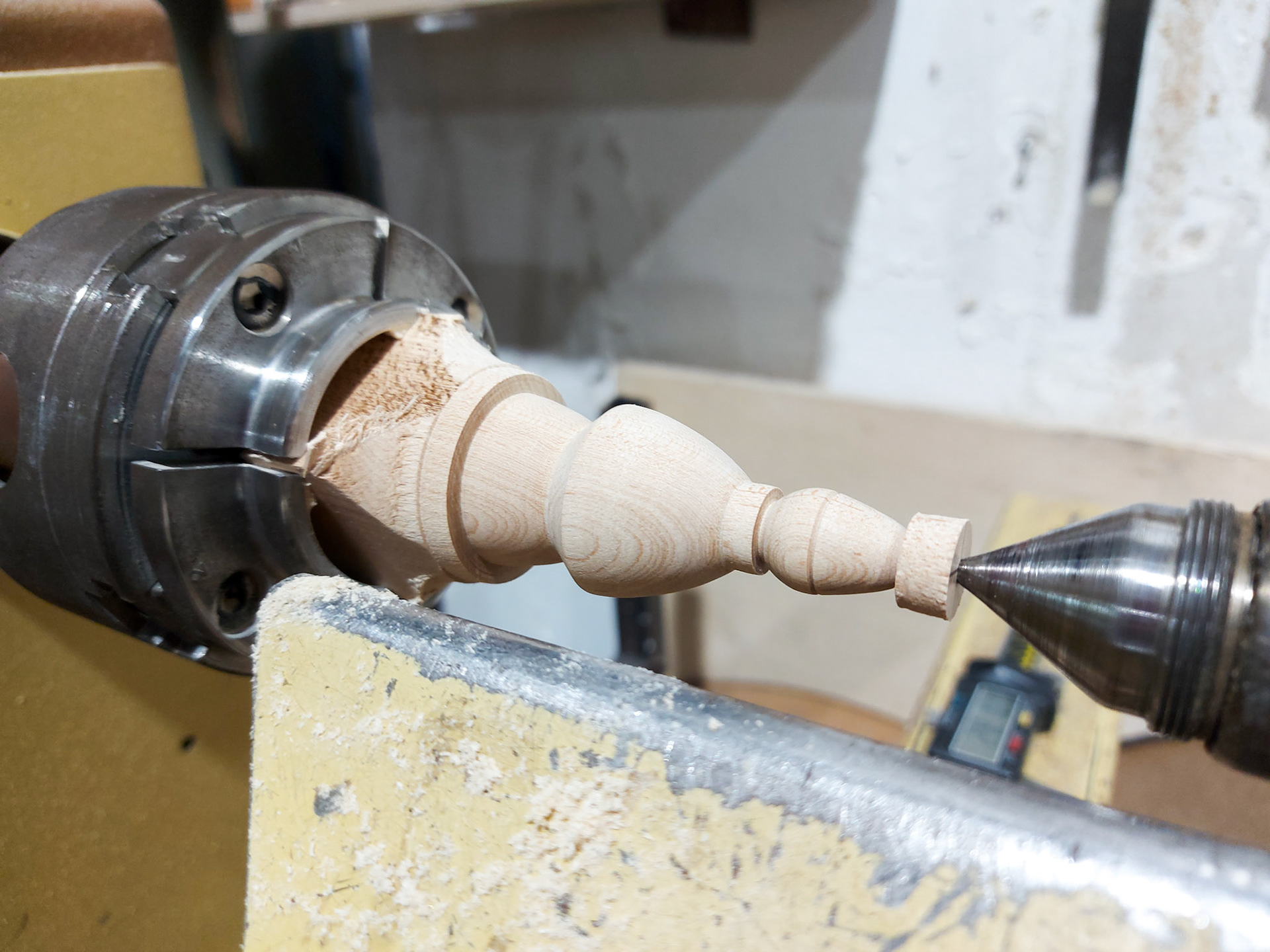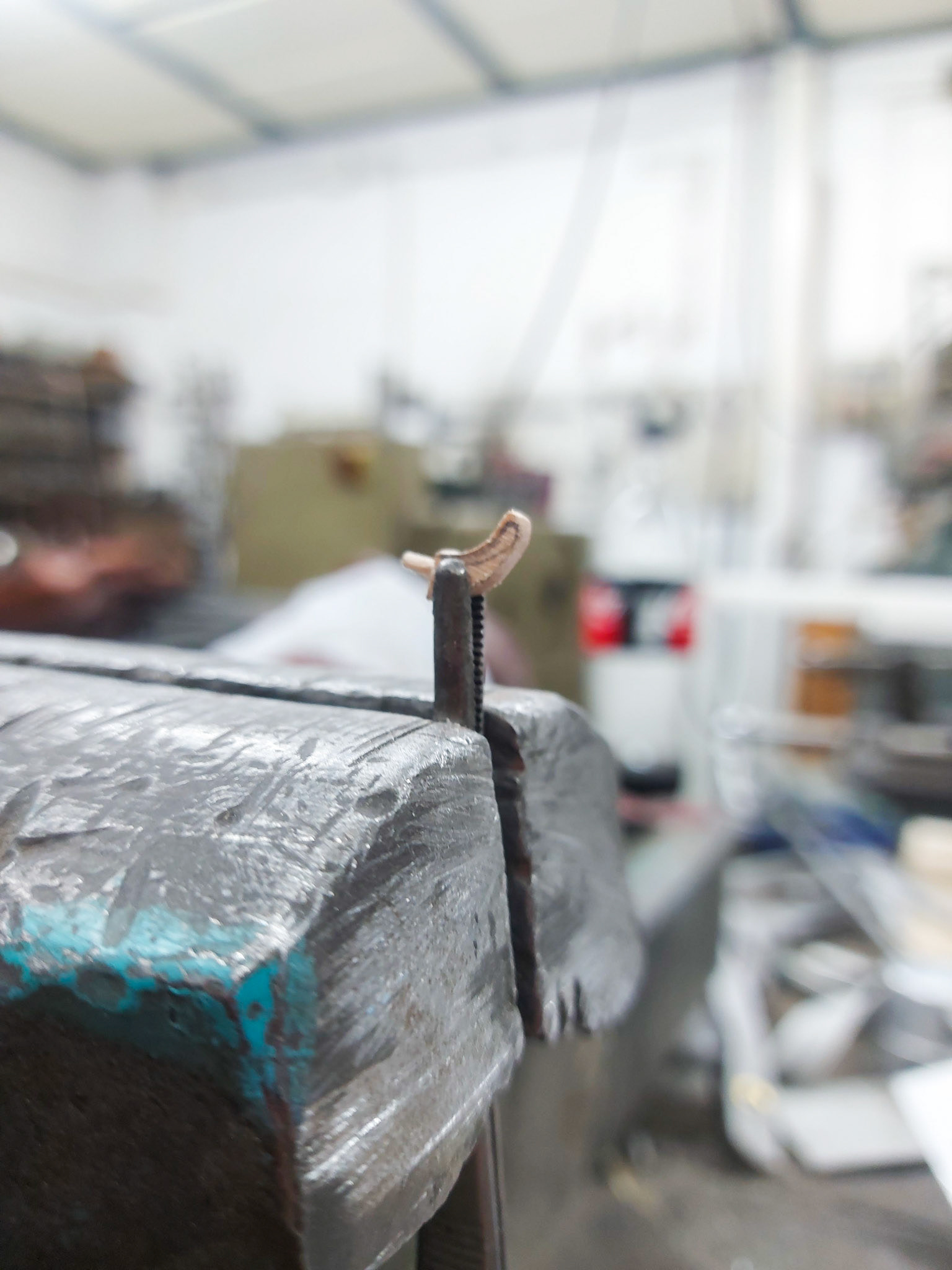Course Wood and Culter | Mentors Keni Segal & Dr. Yonatan Ventura | Year 2022
Initially, chess was recognized as a military strategy tool, a metaphor for human affairs, and a benchmark for genius. It was also utilized as an allegory for different social classes performing their respective roles. In the 15th century, chess took on its present form with the King, Queen, Bishop, Knight, Rook, and Pawn pieces.
Upon researching Japanese culture, I discovered that the most influential figure was the Shogun. The Shogunate was a military government where a family of military lords or Shoguns governed Japan. The emperor retained his title and divine status and was legally the head of the state; however, the shogun wielded real power. The rigid social hierarchy of the shogunate system provided a stable way to govern Japan. The ruling classes consisted of the shogun, the Daimyo, and the Samurai, while the peasants, artisans, and merchants belonged to the classes being ruled.
In this Japanese-inspired chess set, I paired various figures from Japanese culture with standard chess pieces. The challenge was to identify subtle "anchor points" in each figure that would provide clues about their Japanese origins.
The iterative process began with sketches to grasp the overall proportions and details of the design. From there, I refined them by removing unnecessary elements to ensure the references weren't overly obvious.
Today, most of us approach chess like any other game, focusing on the pieces, rules, turns, and ultimately determining a winner. Few delve into the intricacies of the game, such as the artistic choices made in terms of color, composition, characters, and references. By "re-designing" a familiar game, it aims to spark players' curiosity about the reasoning behind certain changes. For instance, why does the Emperor (representing the king) have a hexagonal base while the other human figures have round bases?
Following my visual research, I started sketching to determine proportions and details. Eventually, I created a design language that was simple and minimalistic. The primary difficulty was minimizing the amount of detail while maintaining accuracy and a connection to the original figure.
After developing the design language, I created CAD models for each character and 3D printed them to get a physical feel of the models. They were then refined through minor adjustments until they worked well together as a set.
Most of the chess pieces were crafted using a lathe and laser-cut contours to guide the carving process. The knight was created in two halves using CNC machining, which were then glued together, and small horns were added by hand. The rook was made with layered pieces. To provide stability during gameplay, each piece was drilled on the bottom to insert a weight, following the standard practice of championship chess sets. The bottom also received a felt cover to prevent scratches on the board and conceal the weight. The pieces were made from cherry and maple wood
